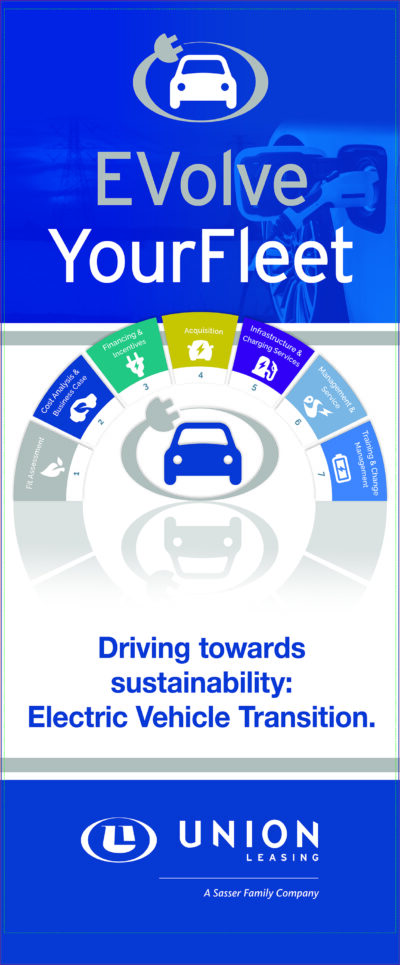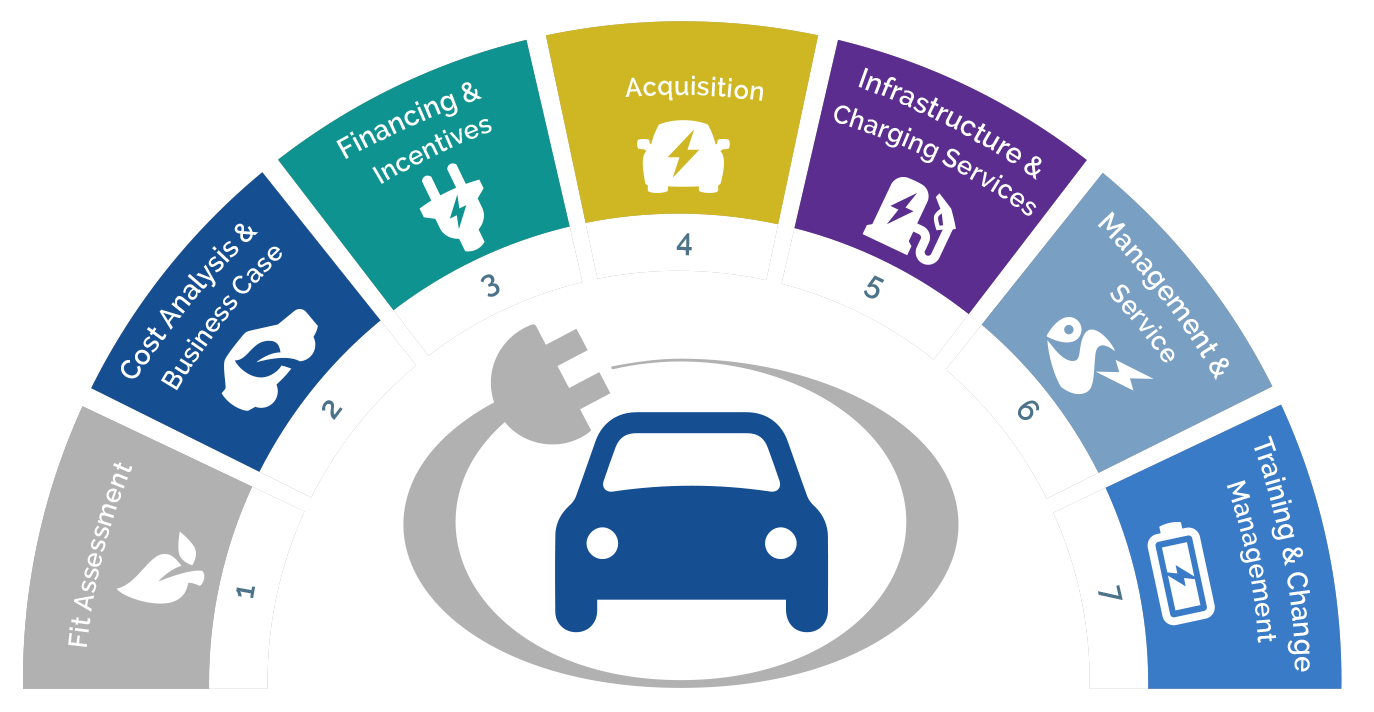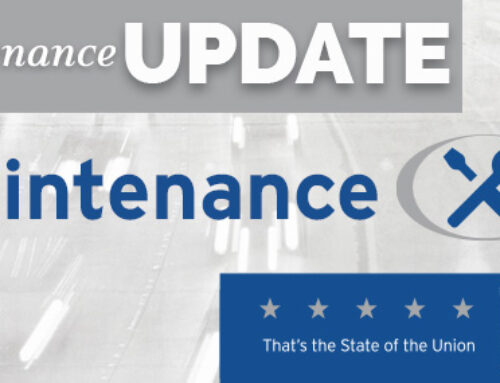Starting an EV pilot – The time is now!
2023 was a great year in terms of electric vehicle adoption. Early adopters and sustainability focused drivers pushed new EV registrations over 1.4 million in the US, around 9% of total registrations. Even still, there has been a lot of negative press on EVs place in the American auto market causing sales to decline at the end of 2023. In fact, just recently many automakers reduced their outlooks for 2024 EV Sales. Most are planning to increase hybrid or PHEV production to help bridge the gap until technology, capability, and infrastructure are available that will make EVs a practical alternative. It’s important to understand that this is a normal cycle in the adoption curve of new technology. As the market moves from the eager early adopters to a majority of drivers, such highs and lows should be expected.
So what are the differences between hybrid and electric?
- Hybrid electric vehicle: HEVs have two power drives, a fuel-based engine and an electric motor with a larger battery. The vehicle’s computer system determines when electricity or gas should be used. Users do not plug in an HEV.
- Plug-in hybrid electric vehicle: PHEVs are a cross between battery electric vehicles (BEVs, described below) and HEVs. Like BEVs, PHEVs have an electric motor that is recharged via an external plug. And like HEVs, they also have a fuel-based ICE (internal combustion engine.) A PHEV can travel ~20-50 miles on electric power alone. However, they can be driven in hybrid mode at all times with no charging necessary.
- Battery electric vehicle: BEVs are powered entirely by electricity, meaning a BEV has no ICE, no fuel tank and no exhaust pipe. Instead, it has one or more electric motors powered by a larger onboard battery. Users charge the battery via an external outlet.
Hybrid and plug-in hybrid vehicles make great options for fleet customers not yet ready to implement full EVs. Hybrids are less expensive and operate in a way that is familiar to fleet drivers. No need to charge, just fill up with gas and they act like a standard ICE (internal combustion engine) vehicle. PHEV has the additional benefit of some all electric range when properly charged, yet works like a regular hybrid when no charging is available. Both hybrid and PHEV vehicles work great for high mileage drivers or in remote areas where a full EV may not be ideal.

However, even with the recent hybrid push, BEVs will continue to gain traction. We strongly recommend an EV pilot for the following reasons:
Starting small will allow you to learn how an EV might work for your drivers out in the field, allowing you to gather valuable insights.
Is home charging or office charging the right solution for your fleet? With a small pilot you will gain valuable experience to help determine the most efficient way to charge your fleet vehicles.
The market share of electric vehicles is expected to continue to increase in the coming years. This means continued OEM investment in EVs and fewer ICE options for your fleet. It’s better to acclimate now.
Ramping up of EPA and CARB regulations will make it increasingly difficult for OEMs to support ICE vehicles in future years.
Is there growing interest in sustainability amongst your stakeholders? Show them you are taking action now!
One of the key concerns with driving a full EV is range anxiety due to the lack of infrastructure. Having a charging strategy that works for your fleet will be critical to your success! If your drivers take their vehicles home at night, then home charging is a great way to make sure your drivers start the day off with a full charge. Be assured, we have the planning, products and services to help support your charging needs.
Although lack of on road charging options is a current reality, It’s important to note that there are some large plans in the works to improve infrastructure. We believe that by the end of 2025 the number of available chargers will better support the number EVs on the road. Here are a few examples:
- The IRA (Inflation Reduction Act) signed in 2022 provides funding and tax credits to incentivize the installation of new charging stations.
- Tesla is opening their supercharging network to multiple OEMs. They have already begun the process to allow access to 7500 of its chargers to outside brands with a goal of completion by the end of 2024.
- Just recently announced, a coalition of seven of the world’s leading automakers announced a joint venture to create a fast-charging network of 30,000 DC fast chargers with the first stations powering up in the U.S. during the summer of 2024.
- General Motors has teamed up with Pilot Company and EVgo to build a network of 2,000 charging bays across 500 Pilot and Flying J rest stops with some sites set to be operational in 2024.
- In addition, General Motors and EVgo are adding over 3,250 high-speed chargers in U.S. cities and suburbs by the end of 2025. The end goal is to have chargers at 50-mile intervals across the country.
Many cities and municipalities have their own projects rolling out during the same timeline.
I strongly believe that preparation is the key to success! If you are interested in learning more, I urge you to reach out to me at Tcengel@unionleasing.com.





